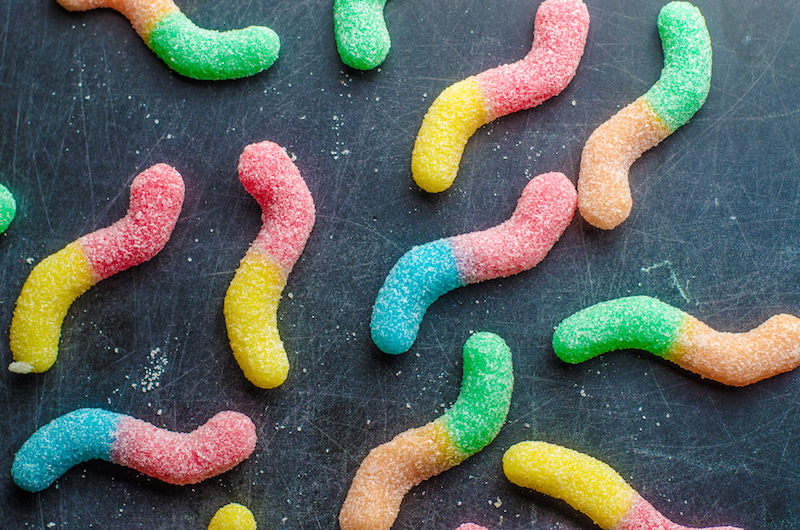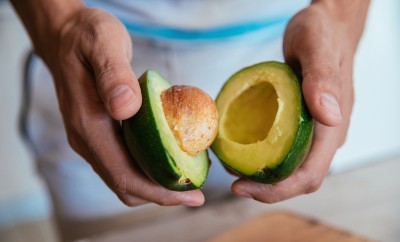Nutrition
Why sugar is the new diet no-no

Image: vandame/Shutterstock
The newest diet trend may be one of the healthiest, according to experts like Dr. Robert Lustig, an American pediatric endocrinologist who specializes in childhood obesity. The current goal of many Americans, their doctors, and others worldwide is either reducing or completely cutting sugar out of their diets, which Lustig agrees is right on track with decreasing soaring rates of obesity and diabetes. With a single can of soda containing up to nine teaspoons of sugar and surprising amounts of hidden sugar being unnecessarily added to countless products, a sugar reduction definitely seems in order.
It’s not just the sugary sodas we need to acknowledge, either. From breakfast cereals to tomato soup, to even regular sliced bread, our everyday food packs far more sugar than you might think – which has motivated the FDA and other food and health organizations into action.
What’s ahead with sugar content?
While previous diet fads targeted carbs and fat as the culprits of unhealthy diets, the new one is knocking sugar out. While the WHO (World Health Organization) is focused on encouraging the implementation of a tax on sugary drinks (http://www.takepart.com/article/2016/09/03/sugar-consumption?cmpid=tpdaily-eml-2016-09-05) (being considered by several worldwide regions), healthcare providers and community leaders are following suit in different ways. The biggest change we’ll see is a new label category on FDA food labels, including new information on the sugar content. This change, which some in the food industry fought hard, will share the number of sugar grams contained in the product, as well as a section for “added sugar grams” and a recommended sugar threshold per day, which current labels lack. As far as current limits appear, one can of soda has enough added sugar content at 40 grams to meet a full day’s recommended threshold – with no other sugar consumed in any other products at all. The difference between areas for regular sugar content and “added sugar” content pertains to the difference between natural foods, like dried fruits, which have natural sugar content, and foods with unnecessarily added sugar content for flavor enhancement.
Why is so much sugar added to our foods?
Sugar hasn’t always been added to our food products, and, in fact, only increased to current levels since sugar cane, beet and corn became cheaper to produce. Sugar provides no nutrition, nor any feelings of fullness, which are the biggest parts of the problem. According to Lustig, the food industry adds unnecessary hidden sugar for a hidden motive: to cause consumers to become addicted to the high levels of sweetener, which later results in them purchasing more of the product more frequently. This is just the same as a drug addict buying increasing amounts of drugs at a faster rate. Lustig insists, “We need to wean ourselves off. We need to de-sweeten our lives. We need to make sugar a treat, not a diet staple. The food industry has made it into a diet staple because they know that when they do, you buy more. This is their hook. If some unscrupulous cereal manufacturer went out and laced your breakfast cereal with morphine to get you to buy more, what would you think of that? They do it with sugar instead.”
Stay informed and aware
With many consumers already on board for the sweet new changes in labels and food content, there’s sure to be plenty of different options with assorted new tastes and flavors hitting our store shelves and our plates as the food industry prepares for the hit. With a little reading research and advice from our health professionals, we can prepare to tackle any related questions and issues by staying informed.





0 comments